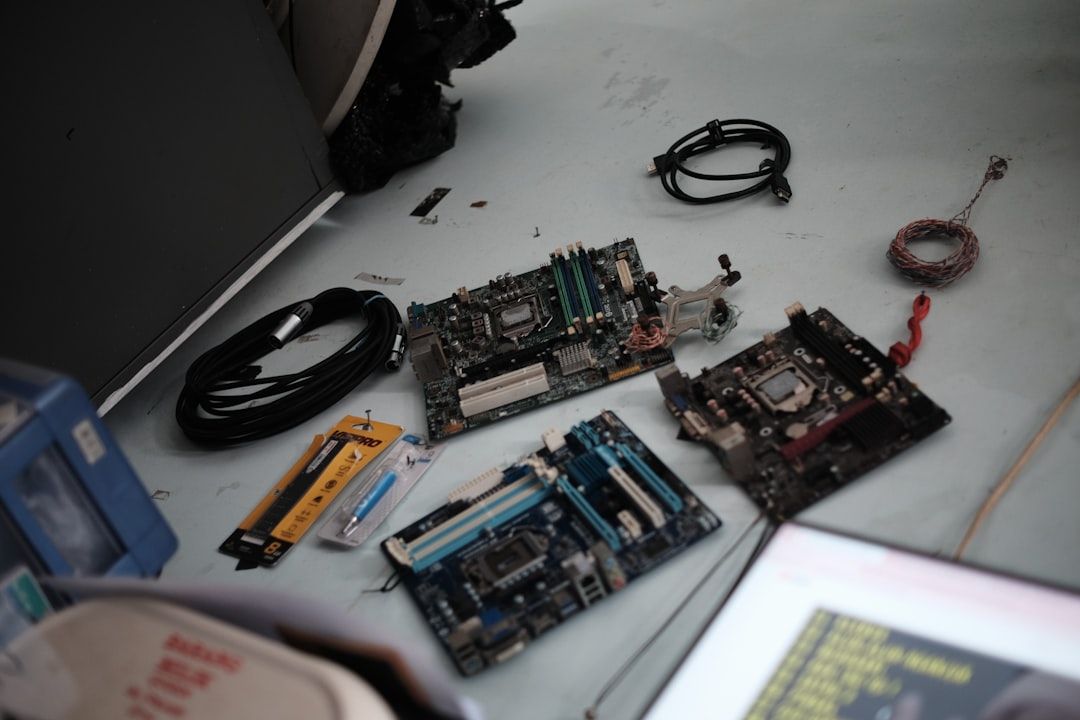Ensuring the smooth operation of Windows services is a crucial task for IT administrators and system professionals. These services are responsible for a wide range of system functions, from networking and authentication to application hosting and database access. When one service fails or begins to act up, it can quickly ripple across the system, affecting performance, usability, and even security. This is where a powerful monitoring and management tool like SolarWinds becomes your trusted ally.
TLDR:
SolarWinds provides a comprehensive suite of tools that help identify, manage, and troubleshoot Windows services effectively. Utilize features like real-time monitoring, automated service restarts, and detailed alerting to ensure system uptime. Regular audits and dashboards can help predict potential issues before they arise. With proper setup, SolarWinds helps streamline service management across your entire infrastructure.
Why Focus on Windows Services?
Windows services act as the backbone for many core functions, both on client machines and servers. These background processes often run without user interaction but provide critical support to software and operating systems. When services fail, users can face login issues, slow responses, or complete application crashes. Thus, it’s crucial to implement proactive service management strategies.
How SolarWinds Helps Monitor Windows Services
SolarWinds solutions—like Server & Application Monitor (SAM)—offer dynamic tools tailored for Windows environments. Here’s what you gain using SolarWinds for service management:
- Real-time monitoring of Windows services and their health status
- Automatic service restart when critical processes stop or crash
- Alerting and escalation mechanisms to inform teams before downtime affects users
- Performance baselines that alert you to unusual behavior or degradation
- Integration with dashboards and reports for higher-level visibility
Best Practices for Keeping Windows Services Healthy with SolarWinds
1. Customize Monitoring Templates
Out of the box, SolarWinds SAM provides several standard monitoring templates. That’s a good start, but most organizations run specific services critical to their unique environment. Creating custom templates ensures that the services you care about most—such as custom web services, SQL Server, IIS, or Active Directory services—are part of the monitoring plan.
To do this, simply go to the Manage Templates section within SAM, clone an existing template, and add the Windows Service Monitor component. From there, specify the service name directly or by its display name.
2. Use Automatic Service Restart Rules
Don’t wait for alerts to fix downed services manually. Instead, use SolarWinds’ built-in service recovery actions. In the monitor settings, you can enable a “restart service” action that triggers whenever a specified threshold or error condition is met.
This is especially useful for non-critical services like an internal reporting dashboard or middleware that may crash occasionally but doesn’t need full team intervention every time.
3. Set Meaningful Thresholds
Too many false alarms lead to alert fatigue; too few, and genuine issues go unnoticed. It’s vital to tailor your thresholds based on historical performance. SolarWinds collects baseline performance metrics, which you can use to inform these thresholds.
For instance, if a Windows Search service consistently uses under 5% CPU, set that as your upper limit—and not the default 50%—to catch anomalies early.
4. Build Dashboards That Matter
Use SolarWinds’ robust dashboard tools to visualize key service metrics. Include panels for:
- Service uptime percentages
- Recent service restarts
- Resource utilization (CPU, memory)
- Dependency mapping
By compiling service health and performance into a single display, you allow both NOC teams and executives to understand system status at a glance.
5. Perform Regular Service Audits
Are all the services you’re running still necessary? Redundant or deprecated services can pose security risks or consume unnecessary resources. Use SolarWinds to identify:
- Services that haven’t run in over 30 days
- Services using unexpected ports
- Long startup times that may indicate health issues
Remove or disable them if they’re not needed, reducing your system’s attack surface and improving startup times.
Troubleshooting Common Issues with SolarWinds
Service Failing to Restart
If a service fails to restart even after actions are triggered in SolarWinds, check logs like Windows Event Viewer and the Application Log panel in SAM. Authentication or permission issues might be blocking service actions.
Intermittent Service Failures
Use SolarWinds’ performance correlation tools to investigate what happens around the time of the service issue. CPU spikes? Network congestion? These clues can point you to root causes outside the direct service or application.

Managing Dependencies
One often overlooked aspect of service health is dependency management. A service may appear to fail when, in fact, one of its required components isn’t running. Use Application Dependency Mapping in SolarWinds to uncover these invisible links and address all potential root causes.
Keeping Teams in the Loop
Communication matters. SolarWinds allows for detailed notification rules based on team responsibilities. For example:
- Email DevOps only when application-level services fail
- Page InfoSec if a network-related service goes down repeatedly
- Send a weekly report to IT managers summarizing service uptime
This not only avoids over-alerting but ensures the right people take the right actions quickly.
Security Considerations While Monitoring Services
Monitoring services also opens up potential security exposure if done carelessly. Ensure that:
- All credentials used in service monitoring are encrypted and rotated regularly
- Only authorized users have permission to alter service recovery actions
- Audit logs are maintained and periodically reviewed
SolarWinds supports Active Directory integration and role-based access control (RBAC) to help lock down administrative access.
Going Beyond Services
SolarWinds doesn’t stop with service monitoring. Extend its capabilities to:
- Application performance monitoring
- Database health
- Infrastructure and network traffic
- Log analysis and SIEM functions
Combining service monitoring with broader system visibility allows for truly proactive IT management that predicts issues instead of just reacting to them.
Final Thoughts
Keeping your Windows services running smoothly isn’t just about restarts and alerts—it’s about building predictable, efficient, and secure systems. SolarWinds provides the tools, whether you’re a small IT shop or a global enterprise. With customized monitors, automated recovery, and deep visibility into systems, your team can stay ahead of problems and drive business continuity.
Make the most of your SolarWinds investment by following these tips, and you’ll transform how you manage Windows services across the board.

